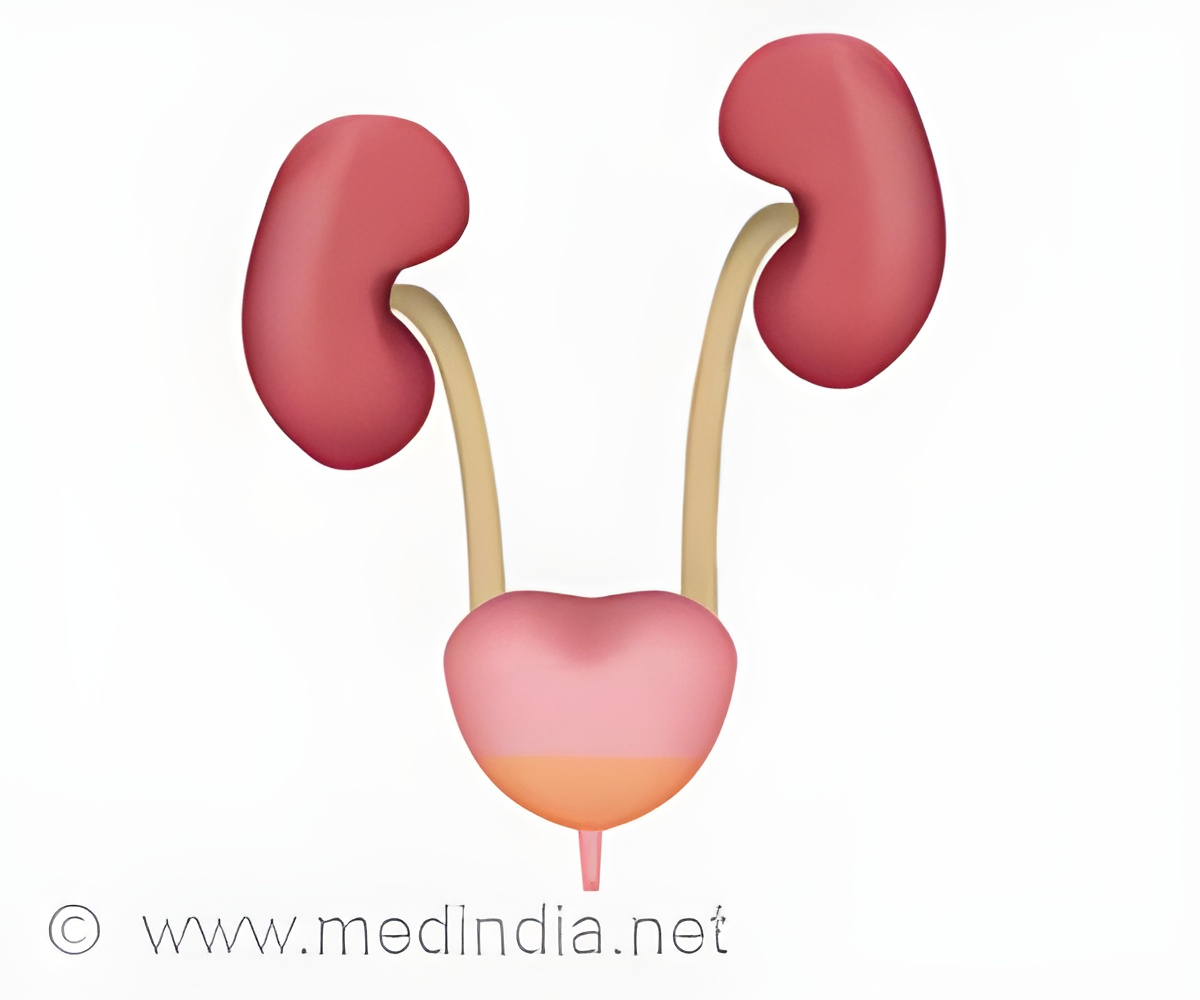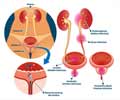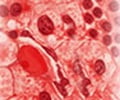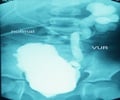Study develops guidelines on WBC counts, which could help doctors prescribe antibiotics earlier.

He adds that a delayed diagnosis can lead to the UTI developing into a serious infection. An instance of lifelong complications is UTI-related kidney scarring associated with chronic kidney disease and hypertension.
Usually, to diagnose a UTI, doctors need to culture a urine sample and wait for it to grow telltale bacteria in a petri dish with nutrients, which can take up to two days, delaying treatment.
Nadeem and other doctors rely on testing urine for a white blood cell-linked protein known as leukocyte esterase (LE), then confirm the presence of white blood cells - a sign of immune activity - by looking for them in urine under a microscope.
The research team searched for and found medical records of 24,171 children (< 24 months) who were brought to the emergency department between January 2012 and December 2017 with a suspected UTI and had both urinalysis and a urine culture. Out of these, 2,003 patients were diagnosed with a UTI.
A urinalysis assesses the urine concentration and the presence of LE and white blood cells. Urine Specific Gravity is the density of urine compared to water - a measurement used instead of concentration.
Advertisement
For low urine concentrations, only three WBCs were needed to suspect a UTI in children,
Advertisement
For high concentrations, eight WBCs were needed.
Nadeem adds that leukocyte esterase remains constant for each of these concentration groups, i.e., it's a good trigger for analyzing urine for the presence of white blood cells.
The number of WBCs can be highly variable in children, and some of this variation could be due to varying urine concentrations. As a result, it's been unknown what WBC number threshold should be used to begin treating a suspected UTI.
Nadeem states, “Knowing how many white blood cells tend to be present in urine samples at different concentrations in children with UTIs could help physicians start treating these infections before they receive urine culture results, giving relief to patients and their parents and preventing complications.”
Source-Eurekalert













